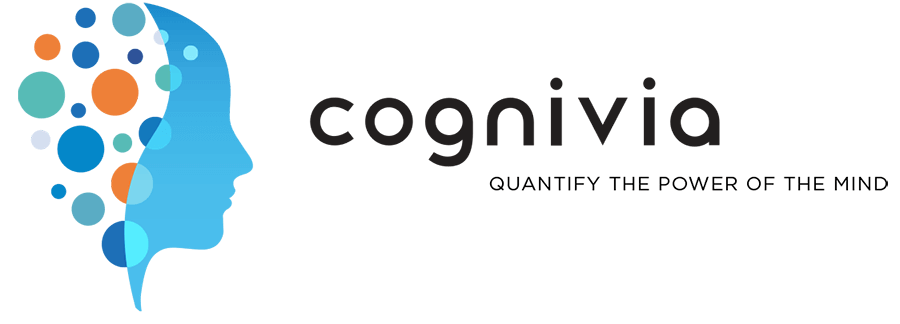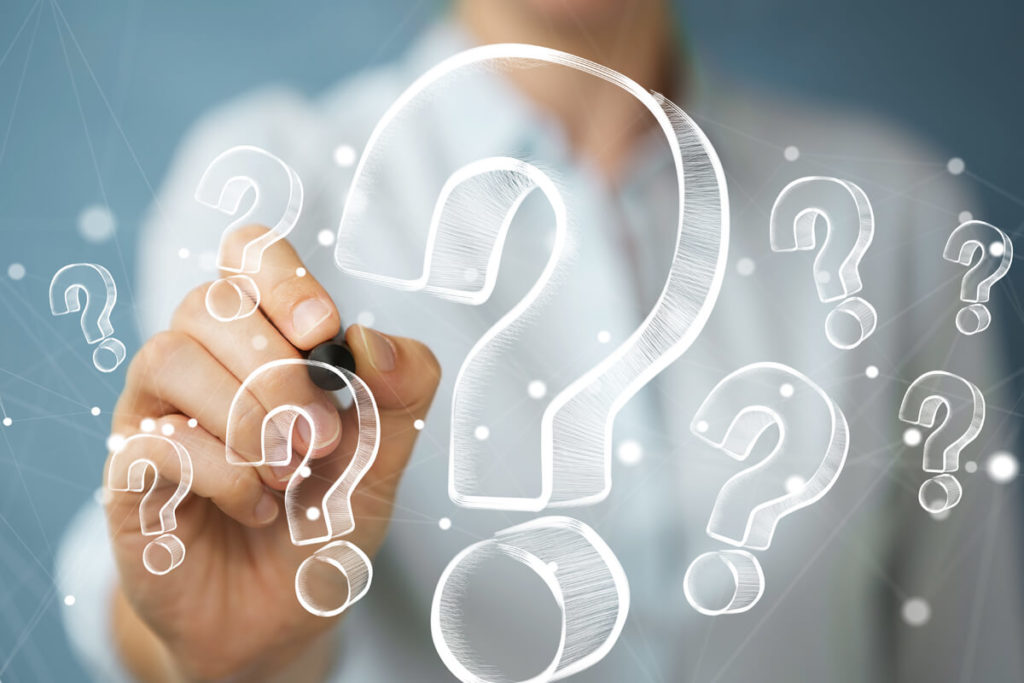Drug developers have been struggling with the placebo response for decades, as a strong placebo effect diminishes the ability to distinguish pharmacologic treatment efficacy of an experimental drug. This issue is even more pronounced when dealing with subjective endpoints and/or patient-reported outcomes– such as daily average pain intensity, brief fatigue inventory or itching intensity. To contend with this issue, scientists have devised strategies to identify potential high placebo responders (such as trial designs with placebo lead-in periods) and exclude them from randomized clinical trials. While this practice may seem to be tempting, there are significant data suggesting that this strategy is sub-optimal.
First and foremost, excluding high placebo responders limits the available patient population and makes patient recruitment slow (at best) or impossible (at worst). Data suggests that placebo response rates are very high, particularly in indications like neuropathic pain and depression, among other neuropsychiatric diseases. For example, as many as 60% of migraine patients have been reported to respond to
Second, removing high placebo responders from clinical trials may decrease the translatability of data to the general clinical population. As trial inclusion criteria
1 Powers SW, Coffey CS, Chamberlin LA, Ecklund DJ, Klingner EA, Yankey JW, Korbee LL, Parker LL, Hershey AD. for the CHAMP
Lastly – but perhaps most importantly – high placebo responders may also respond most positively to experimental therapies. This was observed as early as 1955, when Lasagna, et al. described
If
2 Lasagna L, Mosteller F, von Felsinger JM, Beecher HK. A study of the placebo response. The American Journal of Medicine, 16(6): 770 – 779, 1955.
3 Eippert F, Bingel U, Schoell ED, et al. Activation of the opioidergic descending pain control system underlies placebo analgesia. Neuron. 2009;63(4):533–543.
4 Benedetti F, Amanzio M, Rosato R, Blanchard C. Nonopioid placebo analgesia is mediated by CB1 cannabinoid receptors. Nat. Med. 2011;17(10):1228–1230.
5 Lidstone SC, Schulzer M, Dinelle K, et al. Effects of Expectation on Placebo-Induced Dopamine Release in Parkinson Disease. Arch Gen Psychiatry. 2010;67(8):857–865. doi:10.1001/archgenpsychiatry.2010.88





